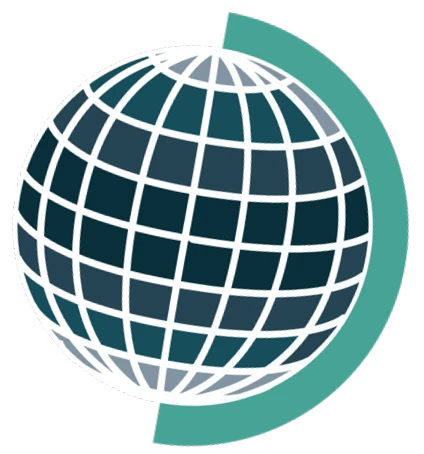A UNIQUE PARTNERSHIP
The Global CDR Action Network (CDRANet, pronounced see-drah-net) is new partnership between countries, industries and institutions who will work together to create workable global policy for removing carbon dioxide from the Earth’s atmosphere at scale. Although there have been various efforts to-date exploring various aspects of carbon dioxide removal, this Network is unique and vital in five key respects:
- CDRANet will focus only on removing greenhouse gases (GHG’s) from the Earth’s atmosphere — primarily CO2 but other gases as well. Capture and storage are obviously necessary elements of this discussion and will be incorporated into the group’s work, but the goal of these discussions is to develop affordable, sustainable, and immediately actionable CDR policies.
- This Network is policy focused. Our goal isn’t to generate endless conferences and debate, but structured and directed conversations with the goal of devising a workable, high-level, multistakeholder approach to attacking the CDR issue now. All aspects of this issue will be addressed–environmental, technical, financial, social, moral-ethical, sustainability, and other vital considerations.
- We are global. Every country has their own ideas and priorities, but atmospheric CO2 removal is going to require global cooperation and collaboration. Relying only on international bodies for this work can be tortuously slow and ultimately ineffective. This Network brings together a wide range of global actors who are willing to work together now on creating a realistic, global solution.
- We are empowered for action. Network delegates are high level representatives of their countries and institutions, in a position of authority to develop policy and not only debate details. And finally,
- Our work is ongoing. The Network has two main components: an ongoing, high-level conversation (the Network’s policy forum), and annual meetings (our CDRA conferences). The forum will start working by late 2024; our first CDRA conference will be held in the Fall of 2025, with additional annual conferences as needed until our policy goals are met (smaller group meetings will also be held as needed).
HOW IS THIS WORK ORGANIZED AND SUPPORTED?
CDRANet has been created by the Science Communication Institute (SCI), a US-based 501c3 nonprofit responsible for developing the world’s largest open science network, the Open Scholarship Initiative, which has connected policy agencies, stakeholder groups, and institutions around the world to work on the future of open science together. Long term operational details of the Network will be determined by group members and funders. A broad and robust network of experts and institutions will contribute ideas and feedback, evaluate the group’s recommendations, and work together to create achievable, sustainable policy progress.
IS THERE AN AGENDA?
The only agenda of CDRANet is to save our planet. We aren’t politically biased or wedded to any single technical solution, and we encourage a broad spectrum of perspectives (except for outright climate change denial). CDRANet will explore the evidence and options, and develop global, collaborative policy proposals for moving forward without years of endless bureaucracy and delays. The technical aspects of this work will be led by science, the policy aspects will be led by policymakers, and the ensuing debates will develop the best possible plans in the shortest possible time. More details regarding the administrative operation of CDRANet will be posted to this site as they become available.

 The Global CDR Action Network (CDRANet) is a global, multi-stakeholder effort to help create global policy solutions for large scale atmospheric carbon dioxide removal. CDRANet is managed by the
The Global CDR Action Network (CDRANet) is a global, multi-stakeholder effort to help create global policy solutions for large scale atmospheric carbon dioxide removal. CDRANet is managed by the